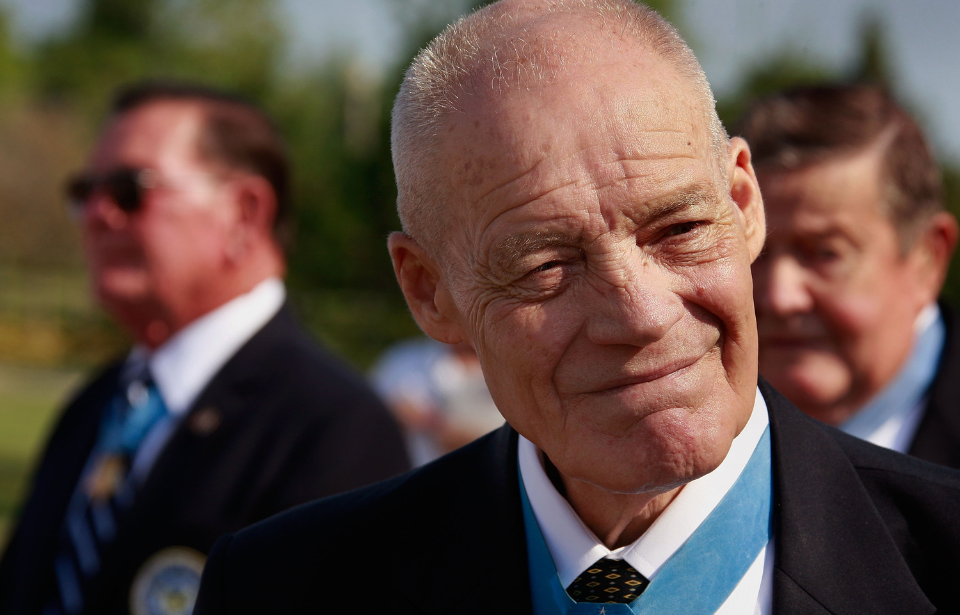Robert L. Howard, a dedicated soldier in the US Army Special Forces, sustained 14 injuries throughout his 54 months in Vietnam. His exceptional service led him to become the most decorated soldier of the war and the most highly decorated Green Beret. His impressive array of awards included eight Purple Hearts, the Distinguished Service Cross, the Silver Star, and four Bronze Stars.
Notably, he was awarded the Medal of Honor after being nominated for it three times.
Robert Howard and the 5th Special Forces Group (Airborne)
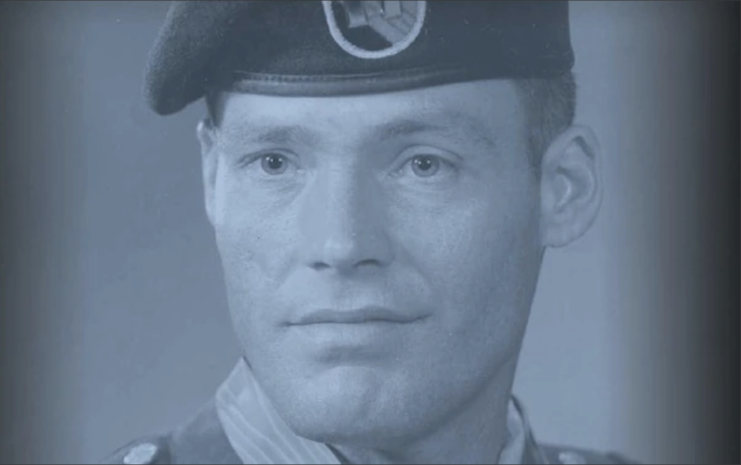
Robert Howard was born in Opelika, Alabama in 1939 and enlisted in the US Army in 1956. His first deployment was in 1965, with the 101st Airborne Division. He’d completed a few tours in Vietnam before attending Special Forces training, returning to Vietnam in 1967 as a sergeant first class with the 5th Special Forces Group (Airborne).
It was during his time serving in Vietnam that Howard would be recommended for the Medal of Honor – not once, but on three separate occasions. He was only awarded it once. It’s believed the reason he wasn’t given it all three times had to do with his assignment as a staff sergeant with the top secret Military Assistance Command, Vietnam – Studies and Observations Group (MACV-SOG). The US military didn’t want to draw attention to his work on classified missions.
Presented with the Distinguished Service Cross
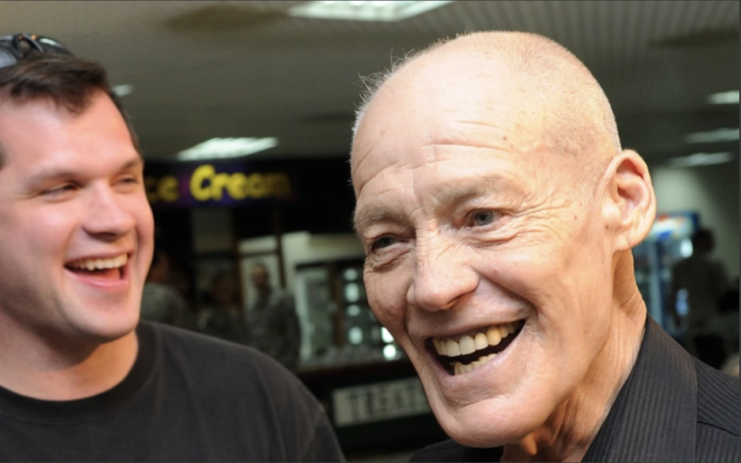
On November 27, 1967, Robert Howard was acting as an adviser to a reconnaissance patrol that unexpectedly encountered an enemy bunker complex near the Laotian border. A violent firefight broke out between the opposing forces. Howard took cover next to a bunker but soon found himself trapped by enemy machine gun fire.
In spite of the heavy gunfire, Howard successfully tossed a grenade into one of the bunker openings, eliminating all personnel inside. He then grabbed an anti-tank weapon and “stood up amid the withering hail of bullets, fired his weapon, and completely demolished the position.” This courageous action enabled him and his team to be safely extracted by a rescue helicopter.
In acknowledgment of his valor during this engagement, Howard was nominated for the Medal of Honor, but he ultimately received the Distinguished Service Cross.
Heroics earned Robert Howard a Silver Star
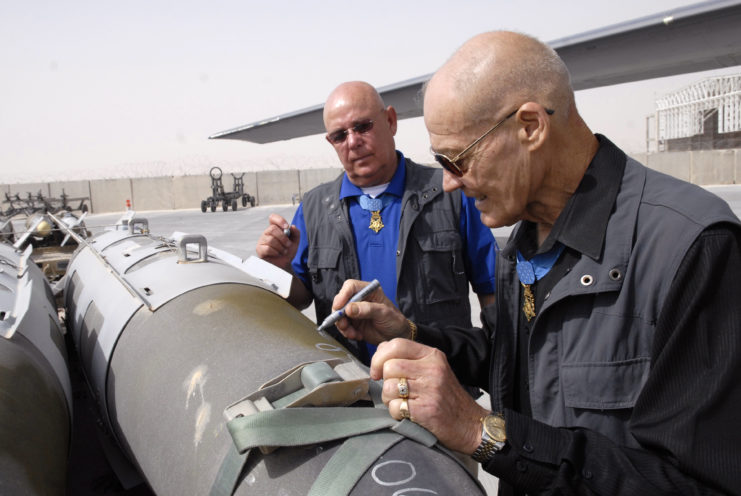
In November 1968, Robert Howard accompanied a FOB-2 Hatchet Platoon on a mission in Laos. After four days, the unit was ambushed by enemy forces, supported by a Soviet PT-76 amphibious light tank. Despite the intense fire, Howard managed to destroy the tank using an anti-tank rocket.
A Medevac helicopter, on its way to help the surrounded platoon, was shot down by Vietnamese anti-aircraft fire. Although injured, Howard made his way through 300 yards of enemy fire to guide the two pilots and a wounded door gunner to safety, sustaining additional injuries in the process.
The platoon could not be evacuated until the following day due to constant Vietnamese anti-aircraft fire. Howard eventually neutralized their 37 mm anti-aircraft gun, enabling their extraction. Despite another recommendation for the Medal of Honor, Howard received a Silver Star instead.
Third time’s the charm – Robert Howard receives his Medal of Honor
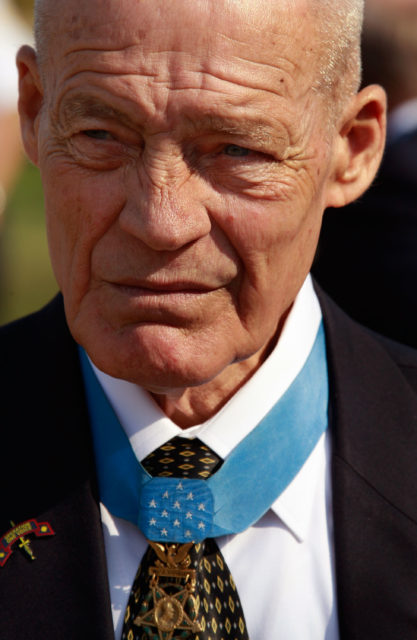
In December 1968, Robert Howard joined a rescue team to bring back Special Forces Sgt. Robert F. Scherdin. Scherdin was part of a 10-man team that was dropped at the intersection of Laos, Cambodia and South Vietnam. The team had split into two separate groups, and both were attacked by the enemy. Scherdin became severely wounded and was left behind when the patrol was forced to withdraw.
The next morning, Lt. James Jerson sent his Special Forces commando platoon, which included Howard, and a group of Montagnards tribesmen to rescue Scherdin. On the way, Jerson and Howard were struck by a remotely detonated mine, seriously injuring them both, and the rest of the platoon came under attack by the enemy.
Despite being wounded in the legs and hand, Howard quickly moved through the fire to reach Jenson and drag him to safety. A helicopter rescued the platoon after Howard had successfully brought Jenson to safety. Unfortunately, Jenson later died of his wounds. Scherdin wasn’t located and was declared missing in action.
Howard’s courage and strength earned him another recommendation for the Medal of Honor, which was presented to him for having “crawled from position to position, administering first aid to the wounded, giving encouragement to the defenders and directing their fire on the encircling enemy.” President Richard Nixon awarded him the medal on March 2, 1971.
Robert Howard’s life following the Vietnam War
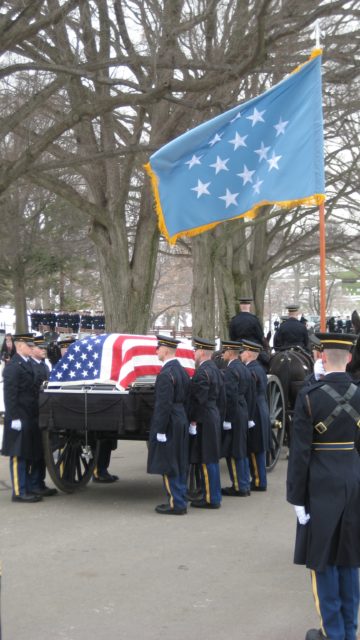
Robert Howard spent a total of four and a half years fighting in Vietnam. He served with the US Army for 36 years, 33 of which were with airborne status. Howard retired as a full colonel in 1992, but continued to work with other veterans in some form. He even visited American troops who were stationed in Iraq.
New! Want to become a trivia master? Sign up for our War History Fact of the Day newsletter!
More from us: The Ace of Spades Was Used By the 101st Airborne Before It Became the ‘Death Card’
Howard became the most decorated Green Beret and soldier since World War II. Among the aforementioned decorations, he was also awarded seven Army Commendation Medals, three Air Medals, the Defense Superior Service Medal, three Meritorious Service Medals, the Joint Service Commendation and four Legions of Merit.
The Special Forces veteran died of pancreatic cancer on December 23, 2009 and was buried at Arlington National Cemetery.
